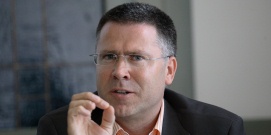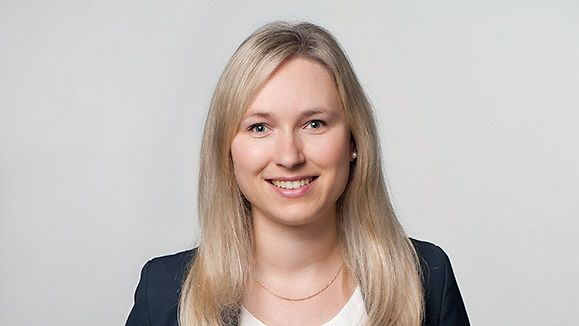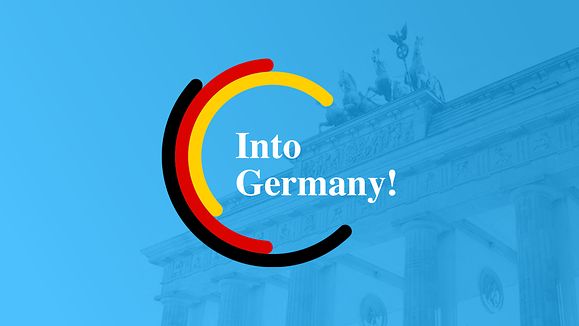The Pharmaceutical Industry in Germany
Combining cutting edge-innovation, a long tradition as the “world´s pharmacy” and continuously growing demand for healthcare products, Germany is the ideal location for pharmaceutical R&D, production, and sales of medicines.
The industry in numbers
Germany constitutes the major European pharmaceutical market and the fourth largest worldwide. Driven by trends such as demographic change, a rise in chronic diseases and an increasing emphasis on prevention and self-medication, Europe’s biggest pharmaceutical market is growing faster than the German economy. In 2022, pharmaceutical industry sales in Germany increased by 5.4 percent, reaching EUR 56.5 billion (ex-manufacturer prices).
Germany belongs to the world’s leading clinical trials locations and - based on R&D investment and patent application levels - is the leading pharmaceutical innovation location in Europe. The country is the largest exporter of medicinal products and ranks among the top pharmaceutical producers worldwide. In light of the global need for personalized medicine, Germany has also evolved into one of the main suppliers of novel biopharmaceuticals. More than 600 pharmaceutical companies are located in Germany. SMEs constitute the backbone of the economic sector, with more than 90 percent of drug manufacturers having less than 500 employees. Overall, the German pharmaceutical industry has a workforce of around 140,000 people.Market opportunities
Over-the-counter (OTC) market
On average, revenues in the German OTC market increased by four percent per year between 2017 and 2022, reaching almost EUR 12.0 billion in 2022. Around EUR 7.8 billion was generated in the non-prescription drugs segment and almost EUR 4.2 billion with health products.
Non-prescription drugs include pharmacy-only drugs as well as OTC drugs that may also be sold outside of pharmacies. Product groups that are not subject to pharmaceutical legislation - for example, food supplements – belong to the health products segment and can be sold by pharmacies as well as in the mass market (e.g. drugstores and supermarkets).
Traditional brick-and-mortar pharmacies enjoy a high level of trust among the German population and represent the main distribution channel for OTC products, followed by mail-order pharmacies and the mass market.
Remedies for the respiratory system, analgesics and products for the digestive system account for the highest share of OTC sales via pharmacies (including mail order). Although self-medication represents the major part of revenue, OTC products may also be prescribed and reimbursed by health insurance companies.
Biopharmaceuticals
The development of biological drugs has led to substantial shifts in the pharmaceutical industry landscape in recent years. Large companies have moved their focus from small molecule drugs towards the development and production of complex biological compounds that are made with the help of a variety of organisms.
Because of their high therapeutic potential, biologics have taken up a considerable share of the pharmaceutical market in Germany: From 2021 to 2022, the biologics market grew by 10.5 percent – almost twice the growth of the overall pharma market. Revenue of biopharmaceuticals in Germany reached EUR 17.8 billion in 2022, equivalent to one third of the total pharmaceutical market.
Oncology and immunology showed double-digit growth in 2022 and remain the highest-revenue segments, with a market share of 29 percent and 28 percent, respectively. Together with metabolic disorders those three indication areas represent almost three quarters of the total revenue generated with biopharmaceuticals in Germany. Besides, the infections segment (e.g. vaccines and antiviral agents) showed the highest growth rate in 2022 – revenue increased by 35 percent to EUR 1.2 billion.
Pharma production location Germany
Germany is one of the world’s top pharmaceutical production locations. In 2021, pharmaceutical production volume reached EUR 34.6 billion – equivalent to 6.9 percent year-on-year growth.
Together with Belgium and Italy, Germany belongs to the biggest pharmaceutical manufacturing locations within the European Union. In addition to local industry players like Bayer and Boehringer Ingelheim, many international pharmaceutical companies – including, for instance, GlaxoSmithKline, Pfizer, Roche, Sanofi and Takeda – operate production facilities in Germany.
Germany is the second-largest producer of biopharmaceuticals approved in the European Union, only surpassed by the USA. Three important factors contributing to this excellent position are the high-performing industrial infrastructure, the long-standing strength of the local chemical industry, and a highly qualified workforce.
Research and development
Germany provides the perfect environment for the development and production of research-intensive, high-grade products.
In 2021, the pharmaceutical industry in Germany invested over EUR 8.7 billion in R&D – more than in any other European country. The German pharmaceutical sector shows the highest research intensity across all major German industries – about 11.1 percent of revenues were reinvested in internal R&D projects in 2020 and the total research intensity reached 16.5 percent.
With 589 clinical trials financed by research-based pharmaceutical companies in 2021, Germany ranks second in the EU and sixth worldwide. Based on the number of patent applications, the country is leading in pharmaceutical innovation in Europe. In 2022, some 613 patents were registered with the European Patent Office by the pharmaceutical industry in Germany.
Over 30 biotechnology clusters bundle scientific expertise at a regional level and connect academic and industrial players in the field of drug development, thereby contributing substantially to the advancement of pharmaceutical innovation and creating an innovation ecosystem that enjoys global acclaim.


